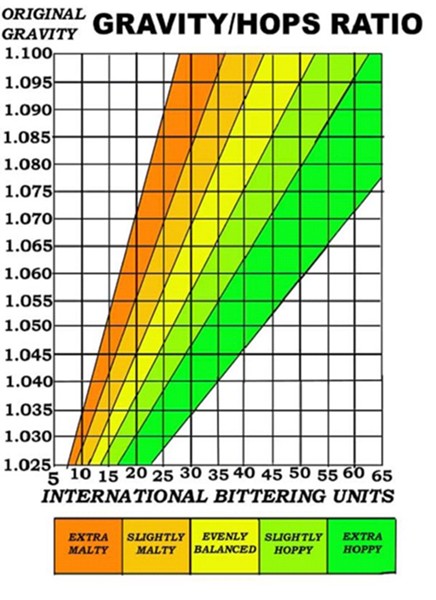bosox
Well-Known Member
I've only made two batches of beer, one as a beer kit, and the other buying separate ingredients based on what a home brew book told me.
I want to create a beer by selecting ingredients that I think of, but don't know how I would go about doing that. I understand about alpha acids, and some basic understanding of DME/LME but how do you decide which would go good together?
Can I simply select a few varieties of hops and mix them together based off their alpha acid solely?
Is selecting the DME/LME is it just based off what kind of a beer you want? As in a Pale Ale, Heffeweisen, Lager, etc?
And what about the yeast? One recipe called for an American Lager type yeast for an IPA...
So how would I even begin to know which can mix with what, apart from taking years to sample as many hops, extracts, grains, yeasts as I can..
I want to create a beer by selecting ingredients that I think of, but don't know how I would go about doing that. I understand about alpha acids, and some basic understanding of DME/LME but how do you decide which would go good together?
Can I simply select a few varieties of hops and mix them together based off their alpha acid solely?
Is selecting the DME/LME is it just based off what kind of a beer you want? As in a Pale Ale, Heffeweisen, Lager, etc?
And what about the yeast? One recipe called for an American Lager type yeast for an IPA...
So how would I even begin to know which can mix with what, apart from taking years to sample as many hops, extracts, grains, yeasts as I can..



